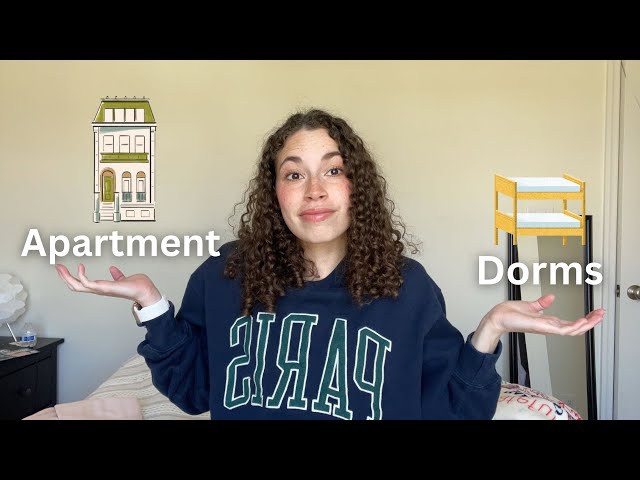
Study Abroad Housing Guide: Dorms, Apartments, or Home stays
Choosing where to live while studying abroad is just as important as selecting the right university. Housing affects daily life, study habits, and cultural immersion. The three main options—dormitories, apartments, and homestays—offer distinct experiences, and selecting the best fit depends on personal preferences, budget, and academic goals.
University Dormitories: A Social and Convenient Choice
Dormitories are often located on or near campus, making them a convenient choice for international students. Living in a dorm means being close to academic buildings, libraries, and student activities. Many universities offer furnished rooms, utilities, and internet access as part of the package.
Dorm life encourages socialization, making it easier to connect with fellow students. However, it also comes with shared spaces, limited privacy, and occasional noise. Some dormitories have structured rules, such as curfews or guest policies, which may not appeal to those who prefer more independence. This option works best for first-year students who want an immersive campus experience and easy access to student resources.
Private Apartments: Independence and Personal Space
Renting a private apartment offers the most freedom, allowing students to set their own schedules, cook their own meals, and enjoy a quieter living space. This option is ideal for those who prefer independence and privacy. Apartments can be found in city centers or residential areas, providing different lifestyles depending on location.
While this housing type grants autonomy, it also comes with added responsibilities. Students must manage rent, utilities, and maintenance. In some cities, apartment costs can be high, especially for those living alone. To make it affordable, many international students choose to share an apartment with roommates. This option suits those who have prior experience living independently or are staying for an extended period.
Homestays: Cultural Immersion in a Local Household
A homestay involves living with a local family, providing a deep cultural experience and a support system away from home. This arrangement often includes meals, which can be beneficial for students unfamiliar with local cuisine or those who prefer home-cooked food.
Living with a host family allows for language practice and firsthand exposure to cultural traditions. However, it requires adaptability, as students must respect household rules and lifestyles. This option is ideal for students who want to enhance their language skills and experience daily life in a foreign culture, but it may not be the best fit for those seeking total independence.
How to Choose the Right Housing Option
The choice between a dormitory, apartment, or homestay depends on lifestyle preferences, budget, and study habits. Those who thrive in social environments may prefer dormitories, while students who value independence might opt for an apartment. Homestays, on the other hand, offer a rich cultural experience that is unmatched by other housing options.
When making a decision, students should research accommodation costs, proximity to campus, and included amenities. Some universities provide housing assistance, making it easier to secure a place before arrival.
Finally,
Selecting the right accommodation is a crucial step in preparing for a study abroad experience. Whether staying in a dormitory, renting an apartment, or joining a host family, each option offers unique benefits. The key is to assess personal needs and priorities, ensuring a comfortable and rewarding stay while studying in a foreign country.









